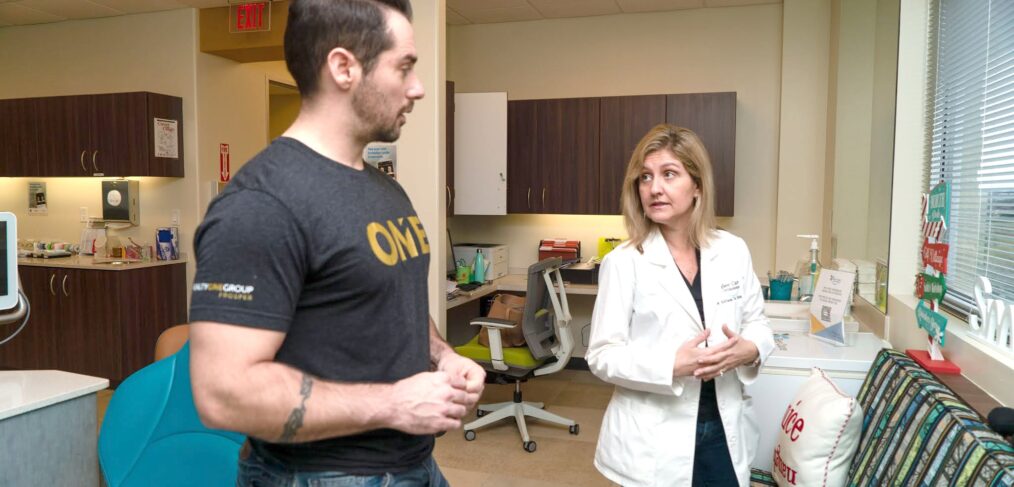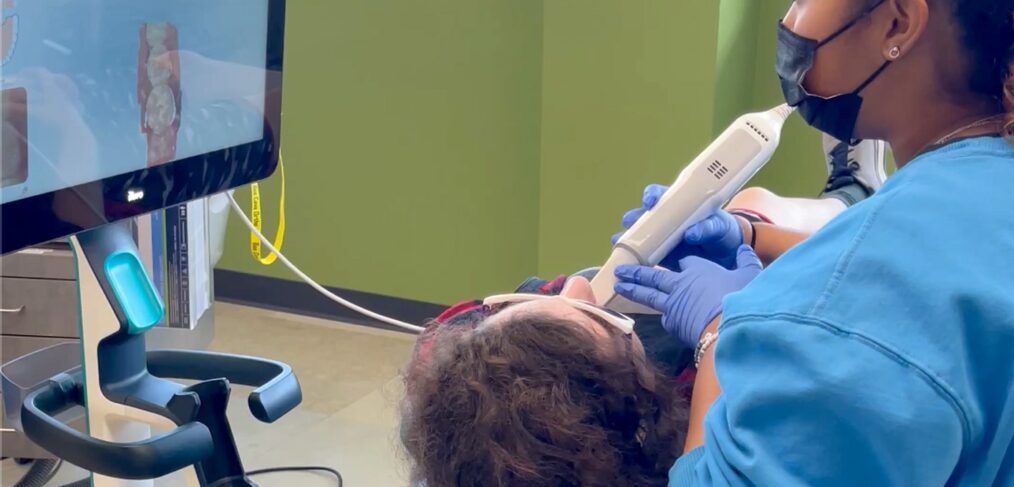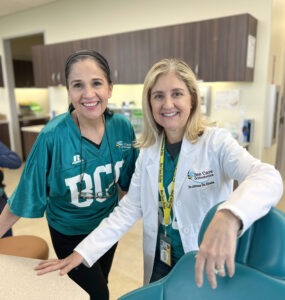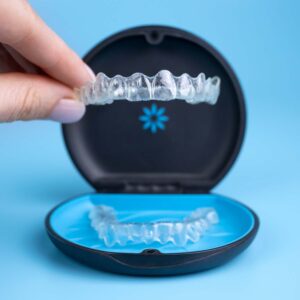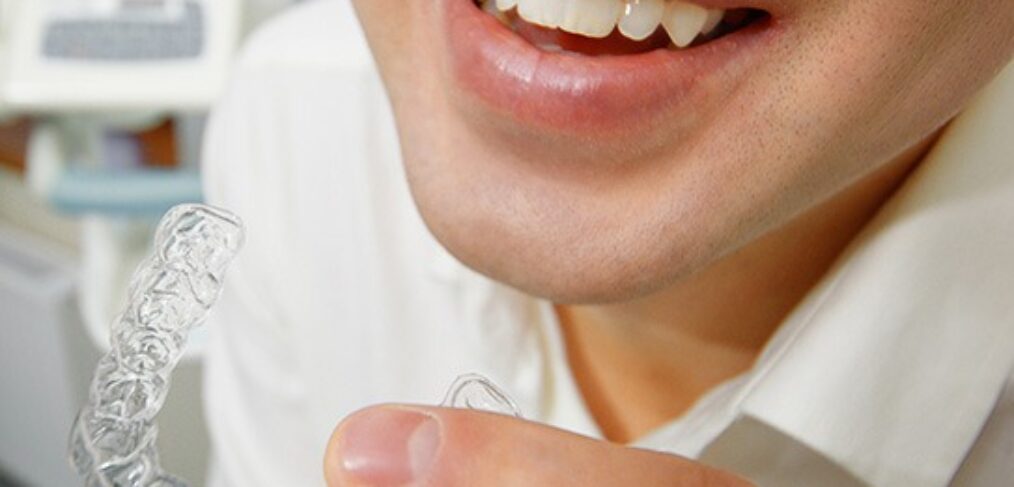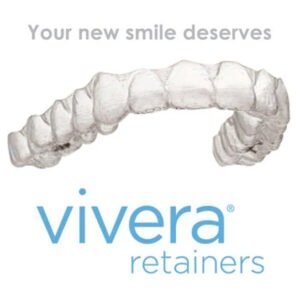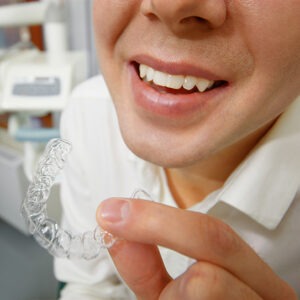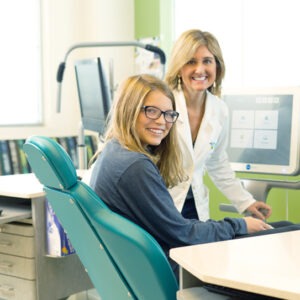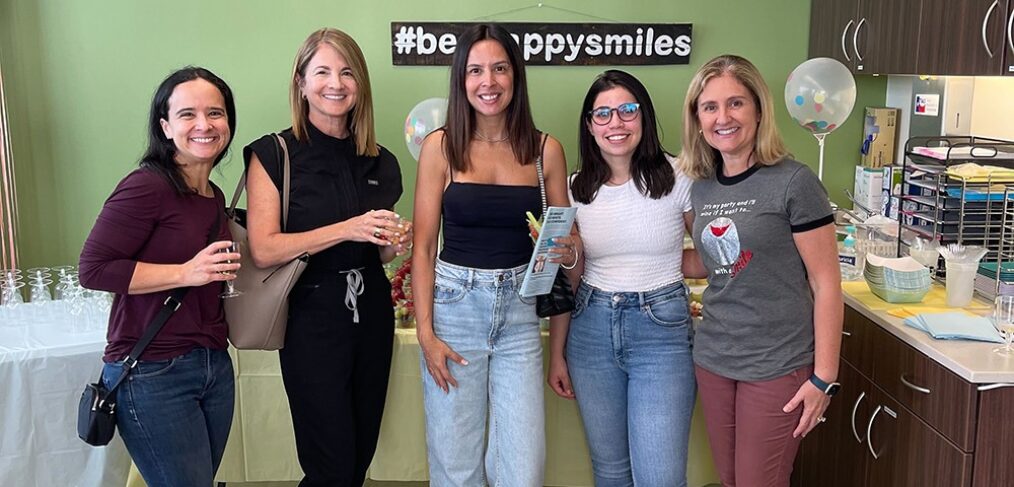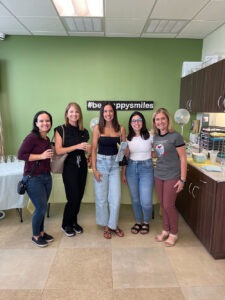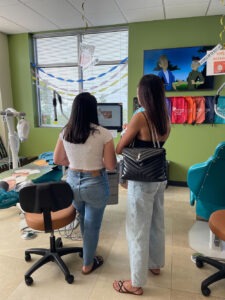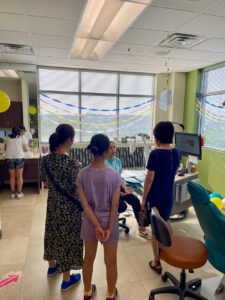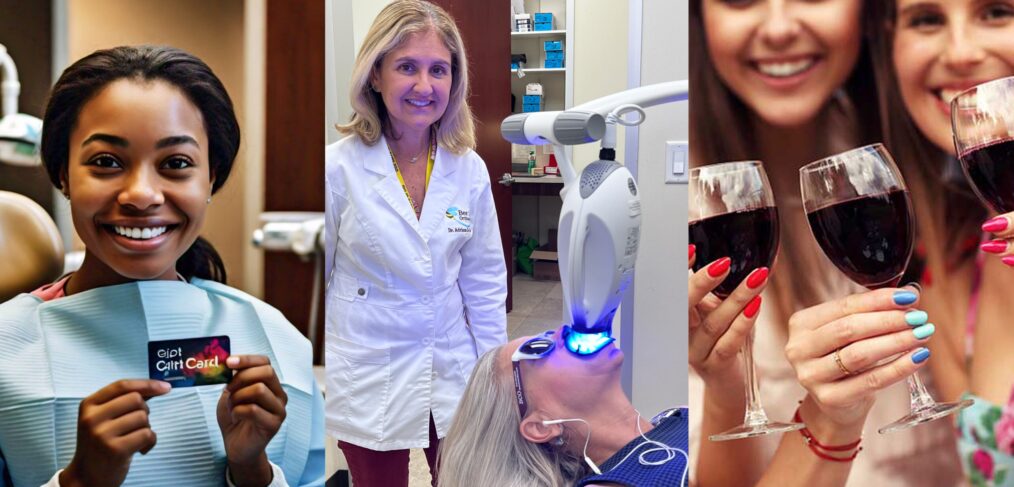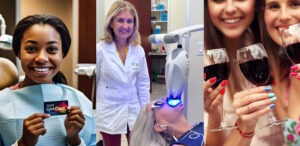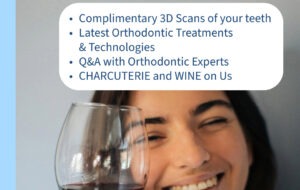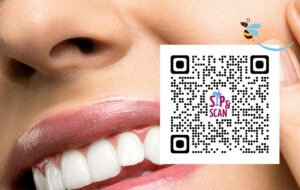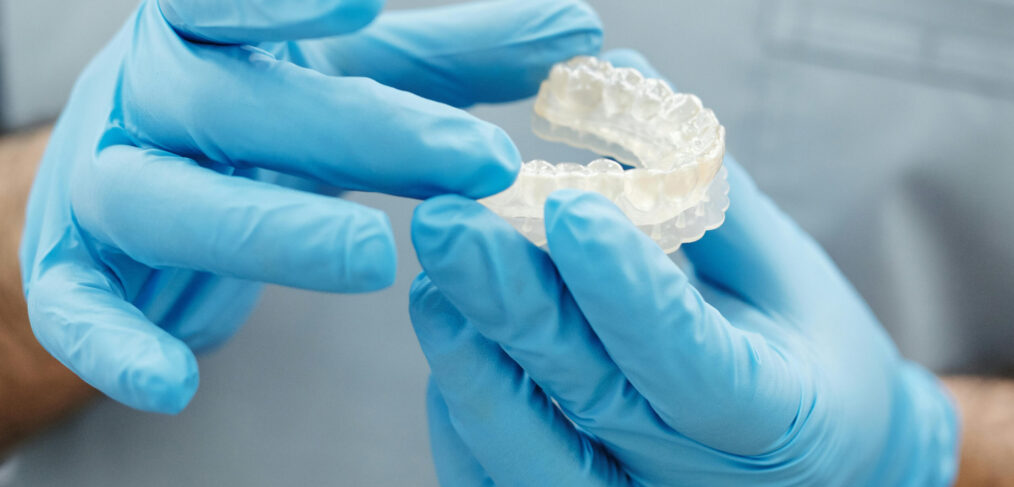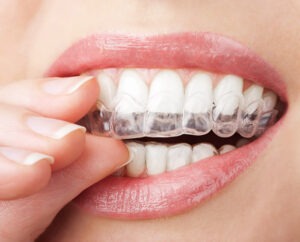In recent years, there has been a significant increase in the number of adults seeking orthodontic treatment in Austin, Texas. While braces were once primarily associated with adolescence, more adults are now considering orthodontic treatment to improve their smiles and overall oral health. A qualitative study by Ama Johal et al., titled “Adult orthodontics, motivations for treatment, choice, and impact of appliances,” sheds light on the motivations and experiences of adults undergoing orthodontic treatment. The study looked at self-image, perception, and social appearance. Participants expressed concern about their physical appearance and overall self-confidence, emphasizing a desire to improve their dental appearance to smile more naturally. Their use of social media and the aspiration to feel better about themselves influenced this desire. Many adults feel self-conscious about having metal braces at their age; therefore, new options including Invisalign and LightForce provide more discreet and efficient ways of correcting the smile and bite. This blog explores the key findings of the study and discusses why adults are increasingly opting for orthodontic treatment in Austin, including the use of Invisalign and LightForce braces.

Key Findings of the Study:
Improving Aesthetics: One of the primary reasons adults seek orthodontic treatment is to improve the appearance of their smiles. Crooked or misaligned teeth can have a negative impact on self-esteem and confidence. By straightening their teeth, adults can achieve a more attractive smile and feel more confident in social and professional settings.
Enhancing Oral Health: Beyond aesthetics, orthodontic treatment can also improve oral health. Misaligned teeth are more difficult to clean, increasing the risk of cavities, gum disease, and other oral health issues. By straightening their teeth, adults can improve their oral hygiene and reduce the risk of dental problems in the future.
Addressing Bite Issues: Many adults seek orthodontic treatment to correct bite issues such as overbite, underbite, or crossbite. These issues can lead to jaw pain, difficulty chewing, and increased wear and tear on the teeth. Orthodontic treatment can help align the teeth and jaws, improving overall bite function and reducing discomfort.
Boosting Self-Confidence: A straighter smile can have a significant impact on self-confidence. Many adults report feeling more confident and outgoing after completing orthodontic treatment. This boost in self-esteem can have positive effects on various aspects of life, including relationships and career opportunities.
Age No Longer a Barrier: The stigma surrounding adult orthodontics has diminished in recent years, making it more socially acceptable for adults to seek treatment. Advances in orthodontic technology have also made treatment more comfortable and discreet, further encouraging adults to pursue orthodontic care.
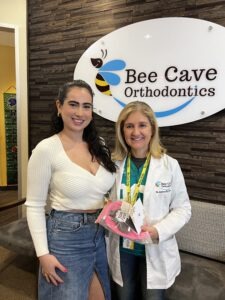
The Role of Invisalign and LightForce Braces:
In recent years, alternatives to traditional braces, such as Invisalign and LightForce braces, have become increasingly popular among adults seeking orthodontic treatment. These options offer a more discreet and convenient alternative to traditional metal braces, making them particularly appealing to adults who may be self-conscious about wearing braces.
Invisalign uses a series of clear, removable aligners to gradually straighten teeth, offering a more discreet and comfortable treatment option compared to traditional braces. LightForce braces, on the other hand, are custom-made using 3D printing technology, allowing for more precise and efficient treatment.
Both Invisalign and LightForce braces offer benefits such as shorter treatment times and fewer office visits, making them attractive options for busy adults in Austin. Additionally, the ability to remove Invisalign aligners for eating and oral hygiene makes them a convenient choice for adults with active lifestyles.
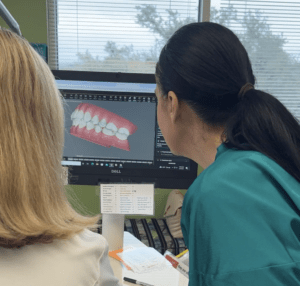
Conclusion:
The decision to undergo orthodontic treatment as an adult is a personal one, influenced by a variety of factors. Whether it’s improving aesthetics, enhancing oral health, or boosting self-confidence, adults have diverse motivations for seeking orthodontic care. The study by Ama Johal et al. provides valuable insights into the motivations and experiences of adults undergoing orthodontic treatment, highlighting the growing popularity of orthodontic treatment among adults, including the use of Invisalign and LightForce braces. As one participant noted, “I felt vulnerable. In some situations, I tried to speak and just felt really stupid. And also, with dating, people will judge it because having the brace is a more teenage thing.”
With over 25 years of experience as an orthodontist and 17 in Austin as Chief of Orthodontics at Dell Children’s Hospital, Dr. Adriana Da Silveira is a trusted expert in the field of orthodontics, renowned for her expertise in treating even the most challenging cases. Dr. Da Silveira, in addition to her role at Bee Cave Ortho, has served as the Chief of Orthodontics at the Dell Medical Center for 15 years. Her advocacy for Invisalign has taken her to numerous national and international platforms, including the AAO annual meeting and the Invisalign Ortho Summit. Her dedication to ongoing education and research ensures that Bee Cave Orthodontics remains at the forefront of advancements in treatment, technology, and care approaches.
When you choose Bee Cave Orthodontics, you can trust that you’re receiving the highest quality of care from a team of experts who are committed to your well-being. Contact us at beecaveortho.com for a free consultation to get you on your road to good dental health.

